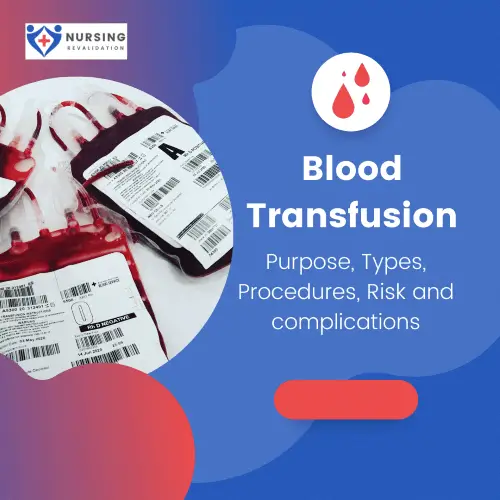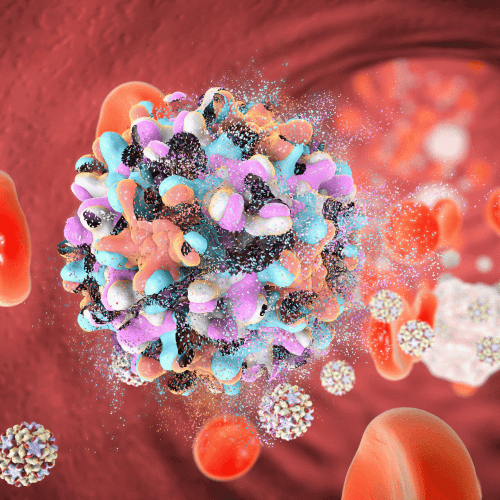The procedure of putting blood products into one’s circulation intravenously is known as blood transfusion. Transfusions are used to replenish lost blood components in a variety of medical conditions.
What is the purpose of Blood transfusion?
You may receive blood transfusions for many reasons. There are the following reasons for it.
- You’ve had significant surgery or sustained a terrible injury and require blood transfusions.
- You’ve had gastrointestinal bleeding due to an ulcer or another ailment.
- You have anemia due to a disease such as leukemia or kidney dysfunction (not enough healthy red blood cells)
- You’ve had radiation or chemotherapy to treat your cancer.
- You have a blood disorder or a serious liver condition.
Components of blood:
Blood has the following components, such as:
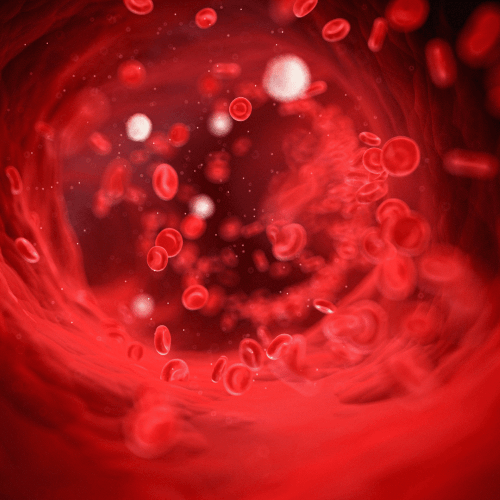 Red cells carry oxygen and help remove waste products
Red cells carry oxygen and help remove waste products- White cells help your body fight infections
- Plasma is the liquid part of your blood
- Platelets help your blood clot properly
Blood types
During a blood transfusion, it is critical that a healthcare professional uses the correct blood type. Otherwise, the body may reject the new blood, resulting in serious complications.
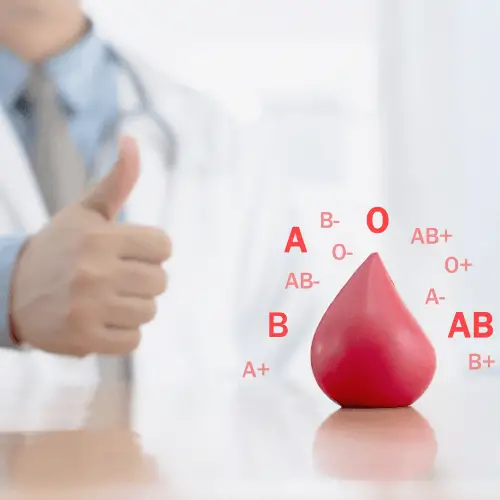 There are four types of blood:
There are four types of blood:
- A
- B
- O
- AB
Each blood type can be positive or negative. O blood group is a universal donor and compatible with all other blood types. If someone is in a critical condition and bleeding heavily, a doctor may use a universal donor.
What are the types of blood transfusions?
There are four common types of blood transfusions:
Red blood cell transfusions:
If a person has had blood loss, anemia (such as iron deficiency anemia), or a blood condition, they may need a red blood cell transfusion.
Platelet transfusions:
A platelet transfusion can help people with low platelet counts, which can occur as a result of chemotherapy or platelet disease.
Plasma transfusions:
Plasma is made up of proteins that are vital to one’s health. If you’ve had severe burns, infections, or liver failure, you might need a plasma transfusion.
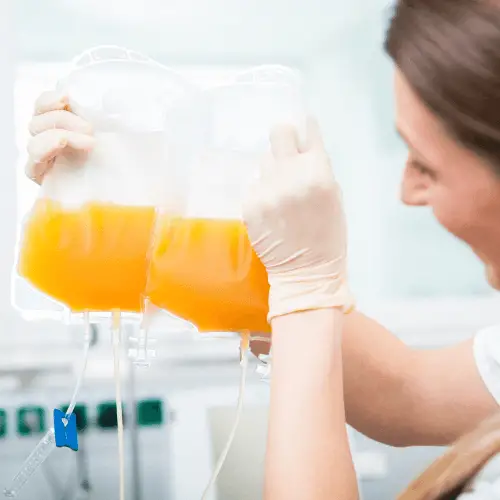 Whole blood transfusion:
Whole blood transfusion:
If a person has suffered significant traumatic bleeding and requires red blood cells, white blood cells, and platelets, they may undergo a whole blood transfusion.
Risks and Complications in blood transfusion:
Blood transfusions are generally regarded safe, however there are hazards involved. Some issues appear right away, while others take a while.
Fever: If you acquire a fever 1 to 6 hours following your transfusion, it’s usually not regarded serious. However, if you’re also sick or experiencing chest pain, it could be a sign of something more serious. See your doctor as soon as possible.
Adverse reactions: Even if you have the correct blood type, you may have an allergic reaction to the blood you receive. You’ll probably get itchy and get hives if this happens. If you have an allergic reaction, it will most likely happen during or immediately after the transfusion.
Acute immune hemolytic reaction: Although this is a rare consequence, it is a medical emergency. When your body destroys the red blood cells in the blood you’ve received, this is what happens. You may experience symptoms such as fever, chills, nausea, or pain in your chest or lower back during or immediately after your transfusion. It’s also possible that your urine will be black.
Delayed immune hemolytic reaction: A delayed immune hemolytic reaction is similar to an acute immune hemolytic reaction, but it occurs over time.
Anaphylactic reaction: This can happen minutes after commencing a transfusion and is potentially fatal. Swelling of the face and throat, shortness of breath, and low blood pressure are all possible symptoms.
Bloodborne Infections:
Donors are rigorously screened and given blood is tested for viruses, bacteria, and parasites, but there are still chances of infections.
HIV:
You have a one-in-two-million chance of catching HIV from donated blood (a lower risk than being struck by lightning).
Hepatitis B and C:
Your chances of developing hepatitis B are approximately 1 in 300,000, and your chances of contracting hepatitis C are approximately 1 in 1.5 million.
Graft-versus-host disease:
This problem is relatively uncommon, yet it typically results in death. It occurs when the new blood’s white blood cells attack your bone marrow. If you have a weak immune system, you may be more susceptible to this consequence.
What to expect during blood transfusion?
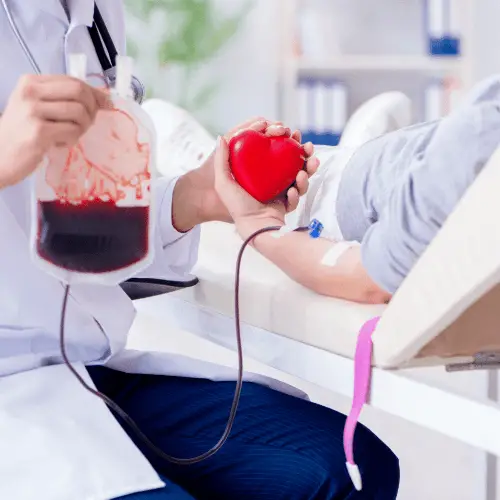 Most blood transfusions take place in a hospital or clinic setting. Visiting nurses, on the other hand, maybe able to administer blood transfusions at home. A doctor will need to do a blood test to determine a person’s blood type before proceeding.
Most blood transfusions take place in a hospital or clinic setting. Visiting nurses, on the other hand, maybe able to administer blood transfusions at home. A doctor will need to do a blood test to determine a person’s blood type before proceeding.
A healthcare worker will insert a tiny needle into a vein, generally in the arm or hand, during a blood transfusion. Blood is then drawn from a bag, passed through a rubber tube, and injected into a person’s vein through a needle.
Throughout the treatment, they will keep a close eye on your vital signs. A blood transfusion might take up to 4 hours to complete.
Final thoughts on blood transfusion:
A blood transfusion is a painless operation that restores blood that has been lost due to an injury or surgery. It may also aid in the treatment of some medical disorders.
Although blood transfusions can save lives, they can also have some minor negative effects. While infections are extremely rare, the body may respond to the new blood. However, in most cases, these reactions are minor.
If you want to learn more about blood transfusion, you must join our blood transfusion course. The course will provide effective training. Start your course today!

